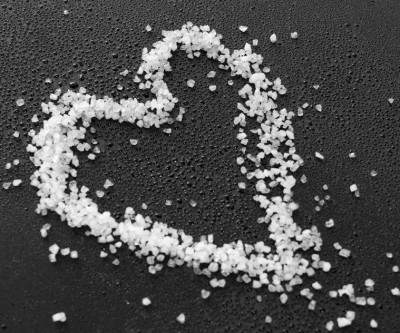Kraft commits to 10 percent sodium reduction
The commitment to reduce sodium intakes will continue, said the company, as it aims to lower sodium in a number of products by 20 percent by the end of 2012.
Salt/ sodium reduction is gaining momentum with New York City leading the way in a partnership of cities and national health organizations to promote a voluntary program of salt reduction in packaged and restaurant foods.
The campaign aims to curb the amount of salt in packaged and restaurant food by 25 percent over the next five years. The result would be to cut the nation’s salt intake by 20 percent and prevent up to 800,000 premature deaths/year nationwide and 23,000 deaths in New York City alone, it claims. The sodium in salt is a major contributor to high blood pressure, which in turn causes heart attack and stroke, the nation’s leading causes of preventable death.
Although Americans consume about twice the recommended limit of salt each day, only 11 percent of sodium in the national diet comes from saltshakers; nearly 80 percent is added to foods before purchase.
According to Kraft, a 10 percent reduction across its North American portfolio would translate into an elimination of more than 10 million pounds of salt from some of North America's most popular foods, including iconic brands such as Oscar Mayer and Ritz.
“We are reducing sodium because it's good for consumers, and, if done properly, it's good for business,” said Rhonda Jordan, president, Health & Wellness, Kraft Foods. “A growing number of consumers are concerned about their sodium intake and we want to help them translate their intentions into actions.”
“We are aggressively working toward our goal of a 10 percent reduction across the Kraft Foods portfolio, which will impact more than 1,000 [stock keeping units], and we're pushing for greater reductions in the long term,” added Jordan. “We're constantly looking for and investing in new technologies to help us get there.”
Other manufacturers have announced similar intentions. Last year Unilever, for example, announced plans to cut the salt content across its global range of 22,000 products with an eye on achieving the five grams daily maximum salt intake recommended by the World Health Organization.
NY’s new initiative
The National Salt Reduction Initiative has developed targets to help companies reduce the salt levels in 61 categories of packaged food and 25 classes of restaurant food.
The initiative includes two-year and four-year targets for each category of food and is said to allow some flexibility in salt thresholds. For example, a company selling three lines of crackers could keep one type extra salty provided its cracker portfolio met the target for crackers.
The recommended daily limit for sodium intake is 1,500 mg for most adults and 2,300 mg for others but some foods, such as deli-meat sandwiches, include that much sodium in one serving. Much of the salt in Americans’ diets comes from breads, muffins and other foods that don’t taste salty.














